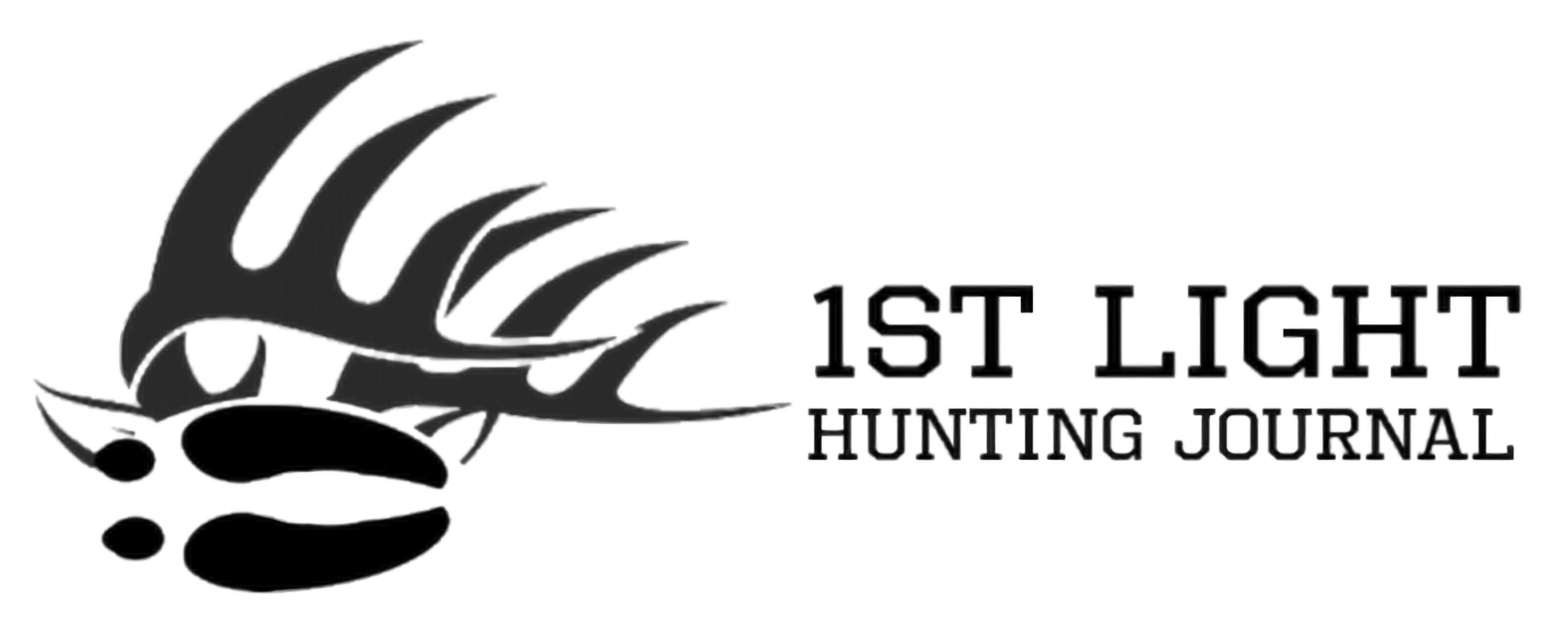If you spend any time around deer camp fire pits, internet hunting sites, outdoor podcasts, or social media, you’ll notice some interesting terminology. It can be confusing to new hunters (and even seasoned ones). We’ve shared some of the popular terms in the past and will continue to highlight others. Below are five more popular deer and deer hunting terms. Some are basic, some are more obscure but all of them are spoken of often. Hopefully, this will help you to learn and get the most of your next hunting and whitetail-laden conversation.
Brow Tines: While this one may be basic in nature, it it’s mentioned often. It represents the first division of a deer’s antlers. A typical rack will have two, one on each side of the crown of the head. However, some bucks lack them, have only one, or have multiple points or sticker points off of them. Also known as the G1 point, there are other slang terms for them such as “dog catchers” or “eye guards”. I hope you get the point (sorry about that…).
Cull/Culling Deer: As it turns out, this this one is often misguided and misused. The dictionary defines culling as: to reduce or control the size of (something, such as a herd) removal (as by hunting or slaughter) of especially weak or sick individuals. For example, “the state issued additional hunting licenses in order to cull the deer population”.
Many ranches and other hunting properties will intentionally “cull” certain types of bucks in an effort to improve the genetics of the overall herd. Here, better antlers are the goal. A “cull” or “management” buck is one that is deemed to have inferior genetics. Many hunters use the cull descriptor as an excuse for taking a smaller buck. The irony is that there is nothing wrong with taking any buck, regardless of antler size.
On top of it all, it’s been proven that culling does little, if anything toward altering herd genetics anyway. Still, don’t expect the word to go away anytime soon.
Killing Plot: The term food plot in the whitetail hunting world is quite common. They’re usually planted on hunting properties as feeding plots for deer and other wild life. Crops include beans, corn, and alfalfa. They not only provide nutrition for area deer, but draw them in mass to hunting properties. Kill plots are simply a category of food plot – ones designed to kill deer on or adjacent to them. They’re typically smaller in size than feeding plots and their edge cover makes for great tree stands and blind set ups. Kill plots are also often placed deeper within woodlots.
Bump and Dump: On the surface, this one sounds, well, potentially crude. But have no fear. Like other popular current expressions like mobile and diy hunting, you hear “bump and dump” hunting thrown around a lot these days, particularly within the growing public land hunting fraternity.
In simple terms, this approach entails bumping a buck out of his bed in order to set up a stand (sometimes immediately) and await his return. Obviously, this is a bold high pressure move. Call me a nerd, but I’m not yet willing to try this one. By most accounts, the term was popularized by no-guts-no-glory hunter, Andrae D’Acquisto.
High risk-high reward, with an emphasis on the risk part.
Field to Fork: This term largely derives from a couple current trends. It’s no secret that the natural eating craze is alive and well for both rural folks and city slickers alike. People are on a quest to understand where their food comes from, as well as the route it took to their plates. Then, there is the daunting declining hunter number issue.
As these trends converged, the Field to Fork movement was established to capitalize on it. The National Deer Association (NDA) piloted the Field to Fork program to recruit adults from non-hunting backgrounds in 2016. Largely, but not exclusively involving the millennial demographic, the program provides mentoring to its target audience and teaches basic hunting skills. While Field to Fork involves more wild game than just deer, venison is a big player.
There are many other popular whitetail and deer hunting terms. Stay tuned for more to come in subsequent Hunting Briefs…
“Hunting Briefs” are bite-sized pieces of hunting information for anyone – but particularly aimed at educating the new or onset hunter.




